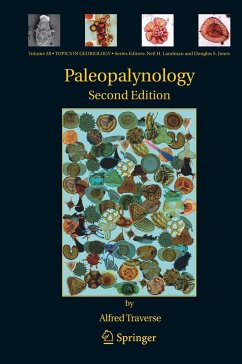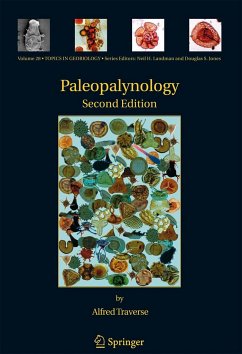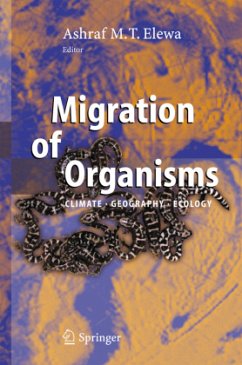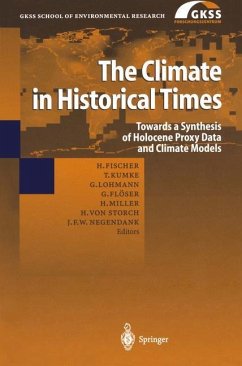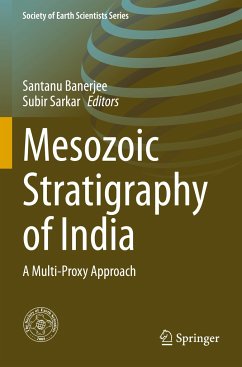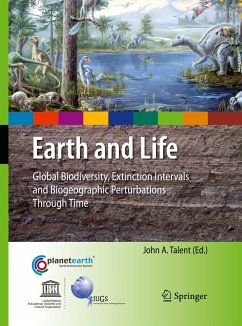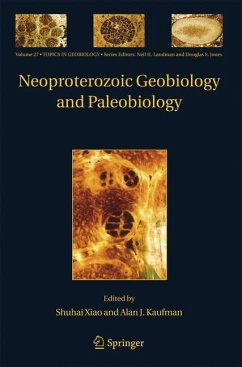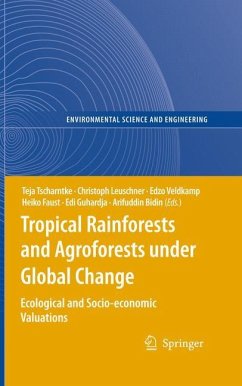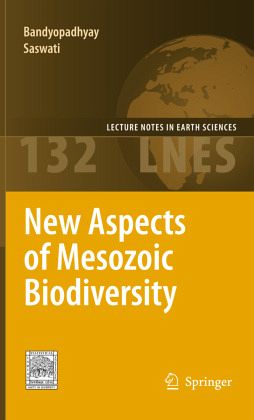
New Aspects of Mesozoic Biodiversity
Versandkostenfrei!
Versandfertig in 6-10 Tagen
76,99 €
inkl. MwSt.
Weitere Ausgaben:

PAYBACK Punkte
38 °P sammeln!
The Indian Statistical Institute (ISI) was established on 17th December, 1931 by a great visionary Prof. Prasanta Chandra Mahalanobis to promote research in the theory and applications of statistics as a new scienti c discipline in India. In 1959, Pandit Jawaharlal Nehru, the then Prime Minister of India introduced the ISI Act in the parliament and designated it as an Institution of National Importance because of its remarkable achievements in statistical work as well as its contribution to economic planning. Today, the Indian Statistical Institute occupies a prestigious position in the a- dem...
The Indian Statistical Institute (ISI) was established on 17th December, 1931 by a great visionary Prof. Prasanta Chandra Mahalanobis to promote research in the theory and applications of statistics as a new scienti c discipline in India. In 1959, Pandit Jawaharlal Nehru, the then Prime Minister of India introduced the ISI Act in the parliament and designated it as an Institution of National Importance because of its remarkable achievements in statistical work as well as its contribution to economic planning. Today, the Indian Statistical Institute occupies a prestigious position in the a- demic rmament. It has been a haven for bright and talented academics working in a number of disciplines. Its research faculty has done India proud in the arenas of Statistics, Mathematics, Economics, Computer Science, among others. Over s- enty ve years, it has grown into a massive banyan tree, like the institute emblem. The Institute now serves the nation as a uni ed and monolithic organization from different places, namely Kolkata, the Headquarters, Delhi, Bangalore, and Chennai, three centers, a network of ve SQC-OR Units located at Mumbai, Pune, Baroda, Hyderabad and Coimbatore, and a branch ( eld station) at Giridih. The platinum jubilee celebrations of ISI have been launched by Honorable Prime Minister Prof. Manmohan Singh on December 24, 2006, and the Govt. of India has declared 29th June as the "Statistics Day" to commemorate the birthday of Prof. Mahalanobis nationally.





